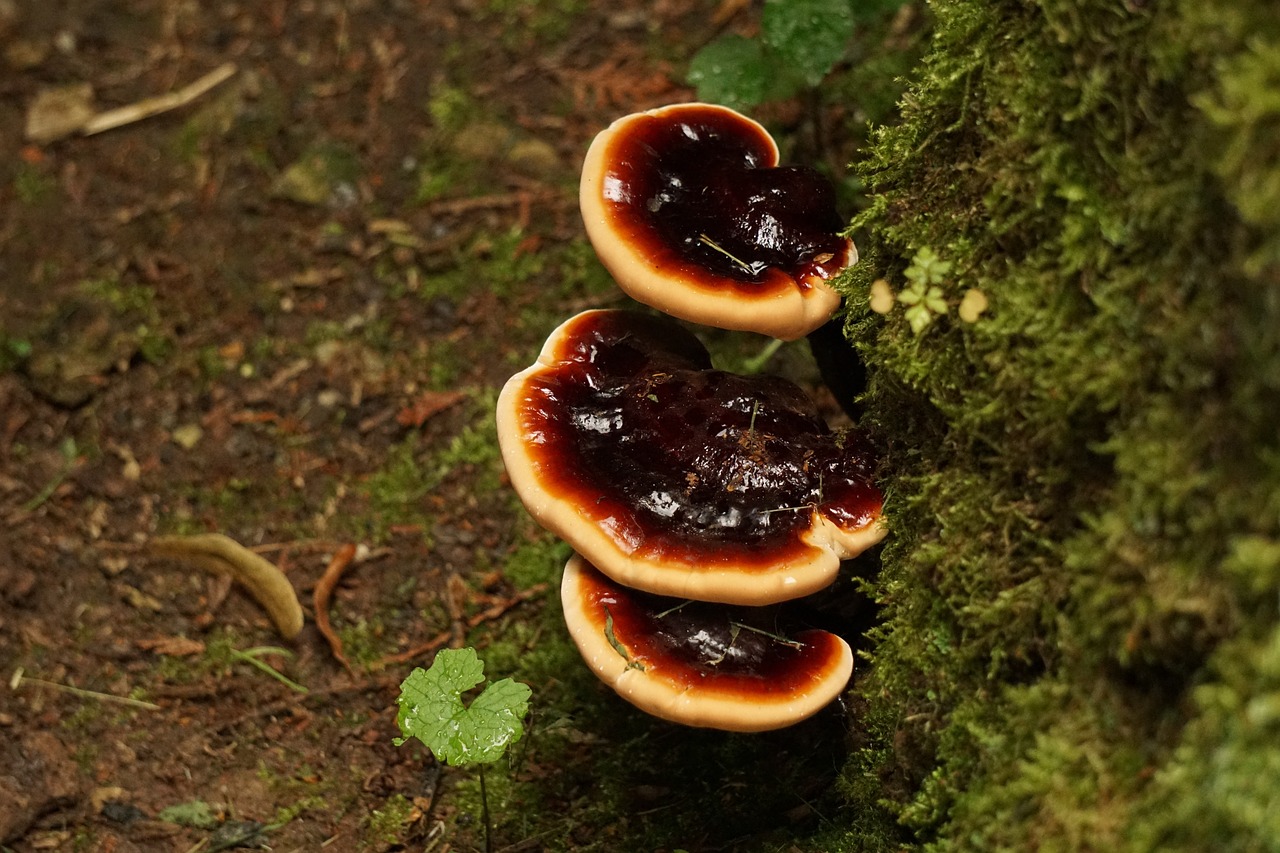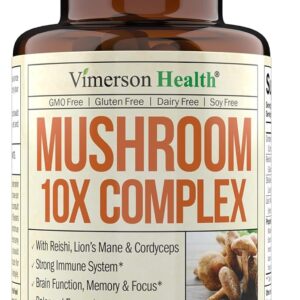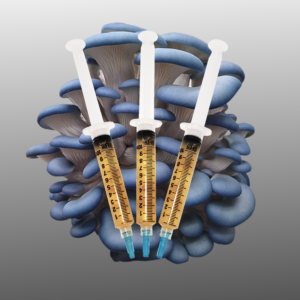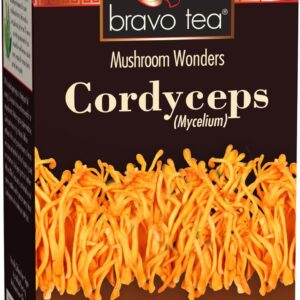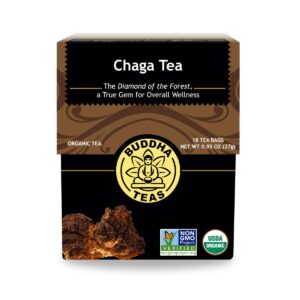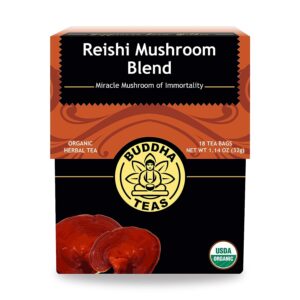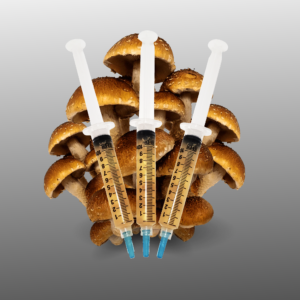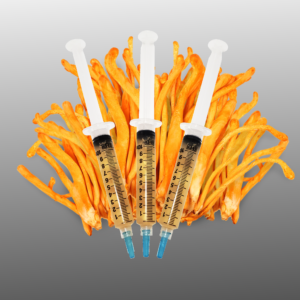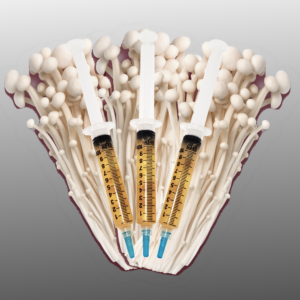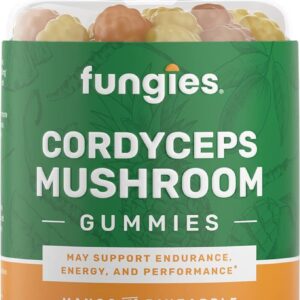In the fascinating realm of fungi, shelf mushrooms stand out as both visually striking and ecologically significant. Among the notable genus Ganoderma, several species of shelf mushrooms captivate with their distinctive appearance and potential medicinal properties. This article will delve into the top five Ganoderma species, exploring their unique characteristics, ecological roles, and the intriguing world they inhabit.
1. Ganoderma lucidum (Reishi Mushroom):
Identification:
- Recognized for its glossy, reddish-brown cap and white spore surface, the Reishi mushroom is iconic. It often grows on hardwood trees and has a shiny appearance, contributing to its name “lucidum,” meaning shiny or brilliant.
Ecological Role:
- Reishi mushrooms play a crucial role in decomposing wood, aiding in nutrient cycling in forest ecosystems. Beyond their ecological significance, they have been revered in traditional medicine for potential health benefits.
Medicinal Potential:
- Reishi is renowned for its potential immunomodulatory effects, antioxidants, and anti-inflammatory properties. It has been studied for its role in supporting overall well-being and immune system function.
2. Ganoderma applanatum (Artist’s Conk):
Identification:
- The Artist’s Conk is characterized by a woody, flat, and circular cap with a white pore surface underneath. It is often found on the trunks of dead or dying trees.
Ecological Role:
- Ganoderma applanatum contributes to the decay of wood, aiding in the natural decomposition process. Its mycelium can penetrate the heartwood of trees, breaking down complex compounds.
Medicinal Potential:
- While not as extensively studied as Reishi, Artist’s Conk is believed to contain compounds with potential anti-inflammatory and antioxidant properties. Traditional uses include topical applications for skin issues.
3. Ganoderma tsugae (Hemlock Reishi):
Identification:
- Hemlock Reishi shares similarities with Reishi but is often found growing on coniferous trees. Its cap is typically reddish-brown, and it has a white spore surface.
Ecological Role:
- This species contributes to the decomposition of coniferous wood, playing a vital role in nutrient cycling within forest ecosystems.
Medicinal Potential:
- Hemlock Reishi is believed to possess similar medicinal properties to Ganoderma lucidum, with potential benefits for immune system support and overall health.
4. Ganoderma sessile (Leafy Reishi):
Identification:
- Recognized by its fan-shaped or kidney-shaped cap, Leafy Reishi has a distinctive appearance. It is often reddish-brown to dark brown and found on hardwoods.
Ecological Role:
- Like other Ganoderma species, Leafy Reishi contributes to the decomposition of wood, aiding in the recycling of nutrients in forest ecosystems.
Medicinal Potential:
- While specific studies on Leafy Reishi are limited, it is believed to share some medicinal properties with other Ganoderma species, including potential immune system support.
5. Ganoderma curtisii:
Identification:
- Ganoderma curtisii has a cap with a reddish-brown hue and a white spore surface. It is often found on hardwoods and shares similarities with other Ganoderma species.
Ecological Role:
- As a wood-decaying fungus, Ganoderma curtisii contributes to the natural recycling of nutrients in forest ecosystems.
Medicinal Potential:
- While less studied than some other Ganoderma species, it is likely to contain bioactive compounds with potential health benefits.
Making Reishi tea is a simple and traditional way to harness the potential health benefits of Ganoderma lucidum, commonly known as Reishi mushroom. Reishi tea is known for its earthy and slightly bitter flavor. Here’s a basic recipe to help you make a comforting cup of Reishi tea:
Ingredients:
- Dried Reishi mushroom slices or Reishi tea bags
- Water
- Optional: Sweeteners like honey, agave syrup, or stevia for taste
Instructions:
- Prepare the Reishi Mushrooms:
- If you’re using dried Reishi mushroom slices, break them into smaller pieces to increase the surface area. Around 1-2 teaspoons of dried Reishi per cup of water is a good starting point. If you’re using Reishi tea bags, one bag per cup is usually sufficient.
- Boil Water:
- Bring water to a boil. You’ll need enough water to cover the Reishi slices or tea bags, plus extra for the tea.
- Add Reishi to Boiling Water:
- Once the water is boiling, add the Reishi mushroom slices or tea bags to the pot. Reduce the heat to a simmer.
- Simmer the Reishi:
- Let the Reishi simmer for at least 30 minutes to an hour. Simmering allows the bioactive compounds in the Reishi to infuse into the water.
- Monitor Water Level:
- Keep an eye on the water level, adding more if needed. You want to ensure the Reishi remains submerged throughout the simmering process.
- Strain the Tea:
- After simmering, strain the tea to remove the Reishi mushroom slices or tea bags. You can use a fine mesh strainer or cheesecloth for this.
- Optional: Sweeten to Taste:
- If you find the flavor too bitter, you can add sweeteners like honey, agave syrup, or stevia to taste. Reishi tea has an earthy flavor, so adjust the sweetness according to your preference.
- Serve and Enjoy:
- Pour the Reishi tea into your favorite mug and savor the earthy goodness. You can enjoy it hot or let it cool for a refreshing iced version.
Tips:
- Experiment with Brewing Times: The longer you simmer the Reishi, the stronger the tea will be. Experiment with different brewing times to find the flavor profile that suits you best.
- Combine with Other Herbs: Enhance the flavor and potential benefits by combining Reishi with other complementary herbs like ginger, cinnamon, or licorice.
- Make a Batch: Prepare a larger batch and store it in the refrigerator for a few days. Reheat it when you’re ready for another cup.
- Consult a Healthcare Professional: Before incorporating Reishi tea into your routine, especially if you have existing health conditions or are taking medications, it’s advisable to consult with a healthcare professional.
Reishi tea can be a soothing addition to your daily routine, providing a warm and earthy experience while potentially offering various health benefits associated with this revered mushroom.
Conclusion:
The world of Ganoderma shelf mushrooms offers a captivating glimpse into the interconnected web of nature. From their unique appearances to their vital ecological roles and potential medicinal properties, these fungi deserve appreciation and study. As stewards of the environment, understanding the significance of Ganoderma species contributes not only to our knowledge of fungi but also to the broader context of forest ecosystems and the delicate balance of life they sustain.
-
10-in-1 Mushroom Supplement with Lions Mane, Turkey Tail, Cordyceps, Chaga, Reishi & More – Nootropic Brain Supplements for Memory & Focus – 60 Caps
-
Blue Oyster Liquid Culture
-
Bravo Tea Cordyceps Mushroom Herbal Tea, Caffeine Free 20 Tea Bags
-
Buddha Teas – Chaga Tea – Organic Herbal Tea (18 bags)
-
Buddha Teas – Organic Reishi Mushroom Blend (18 bags)
-
Chestnut Mushroom Liquid Culture
-
Cordyceps militaris Liquid Culture
-
Enoki Mushroom Liquid Culture
-
Fungies Cordyceps Mushroom Supplement — Mushroom Gummies to Support Energy & Endurance — Mango & Pineapple — 60 Count

